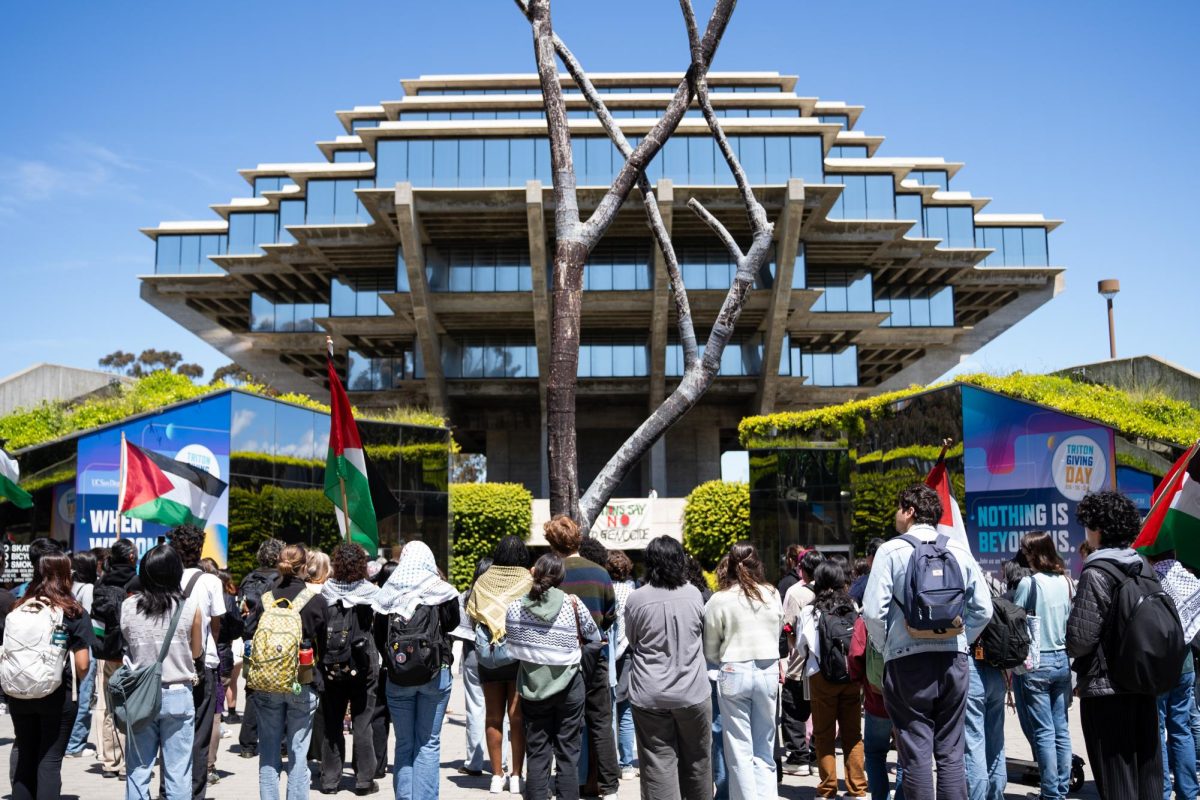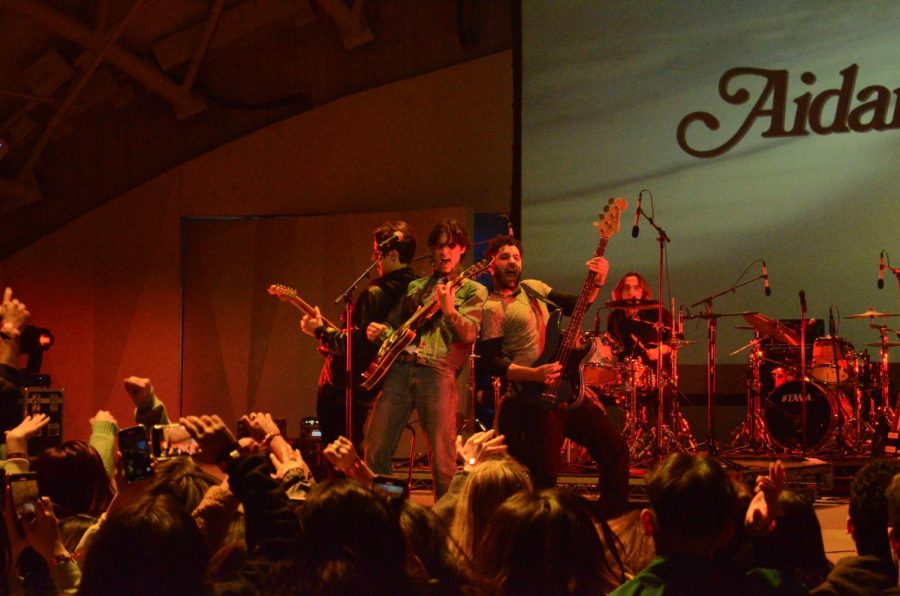Lonely in front of the world, with no instrument, Tania Libertad is a true figure of freedom. Her powerful talent for singing was confirmed by Nobel Prize-winner Jose Saramago when he said, “The first time I heard Tania Libertad singing, I had a revelation from the heights of the emotion where only a naked voice might take.”
In her amazing discography of almost three dozen albums, Libertad ventures into the stylistic realms of salsa, nueva cancion (protest songs), Brazilian music and her trademark boleros, Latin ballads accompanied by the cajon, a wood sound chamber that performs a rhythmic function in Afro-Peruvian music, much like the Cuban conga drum does in mambo. On par with musicians such as Caetano Veloso, Maria Bethania, the Buena Vista Social Club, Mercedes Sola, Soledad Bravo and Gal Costa, Libertad is one of the most significant contemporary singers to come out of Latin America.
Libertad is the youngest of nine children born to a Portuguese father and Peruvian mother of indigenous and Spanish descent in the small town of Zana in northern Peru. She began her singing career at the age of five, singing renditions of the bolero song “La Historia De Un Amor,” only to record a duet with Cesaria Evora of that same song forty years later.
As a teenager, Libertad moved to the capital city of Lima and began to cultivate friendships with a strong community of composers and performers who were deeply involved with African heritage music. At the time, the nationalistic government of Peru encouraged the growth of Peruvian culture, so Libertad was able embrace the style that embodies some of Latin America’s best music. Once performed behind closed doors in tight communities, out of sight from Peruvian high society, Afro-Peruvian music is now embraced by popular culture.
After moving to Havana, the capital of Latin American music, Libertad performed alongside such musicians as Orquesta Aragon, Zitarossa, Victor Jara and Omara Portuondo. Later, Libertad traveled to Mexico, armed with only the name and telephone number of her friend, singer Carmen Salinas. In a few days, Libertad found herself singing alongside Salinas, winning the heart of Mexico.
In her 33rd album, Costa Negra, Libertad reveals her passion, her daring and, above all, her sense of freedom. Recorded in Mexico, Paris and Senegal, Costa Negra is a profound expression of Afro-Peruvian and African music, exploring the depth and complexity of the regional music in its cultural mixings. Although she admits she carries no African blood in her, Libertad still managed to cultivate a deep appreciation for the spirit of Afro-Peruvian music, nurtured within its small but culturally vibrant community along the coast of Peru. With strong musical support by leading artists Guy N’Sangue, Yves N’Kock, Regis Gizavo and the singers of Soda Mama Fall and Ousmane Toure, Costa Negra presents Libertad at her best.
Her second album for World Music, Negro Color, also retains the culturally distinct Afro-Peruvian styles, with delicate rhythms and organic sounds. Sung in Portuguese, Negro Color is Libertad’s latest experiment in synergized rhythms, creating a synthesis of pan-American styles and Afro-Peruvian rhythms. In the Armando Manzanero song “Por Debajo de la Mesa,” Libertad uses the lando rhythm, combining the European waltz with African rhythms. It is a spirited album with a poignant air that doesn’t exist in the African styles of Colombia, Central America, Puerto Rico or Cuba.
Tania Libertad will perform at Mandeville Auditorium on Jan 19 at 8 p.m.







